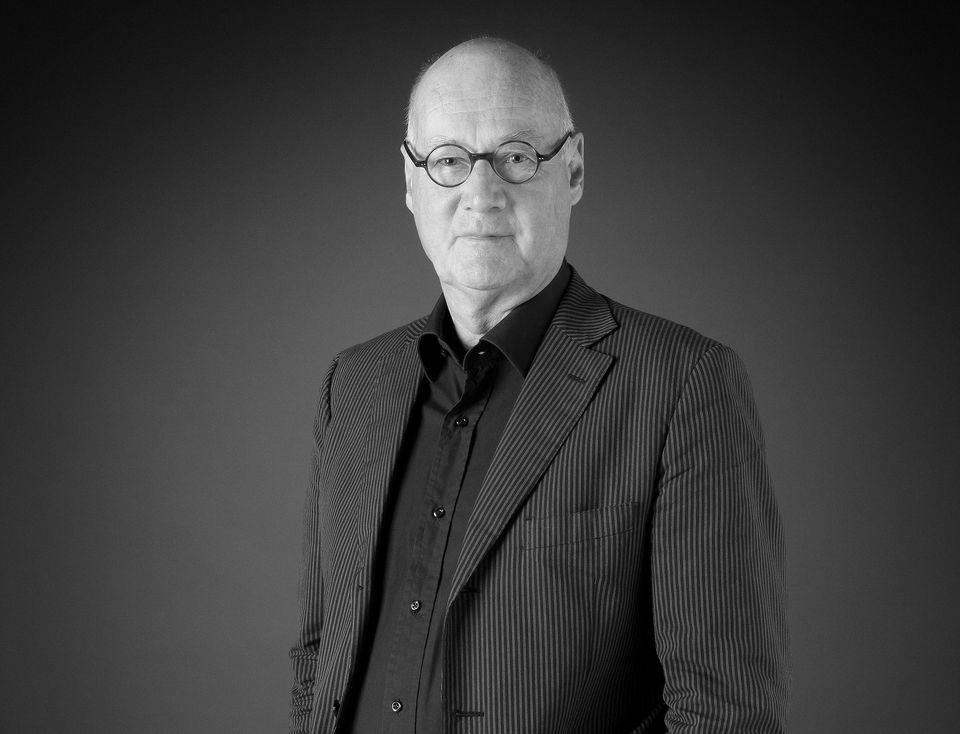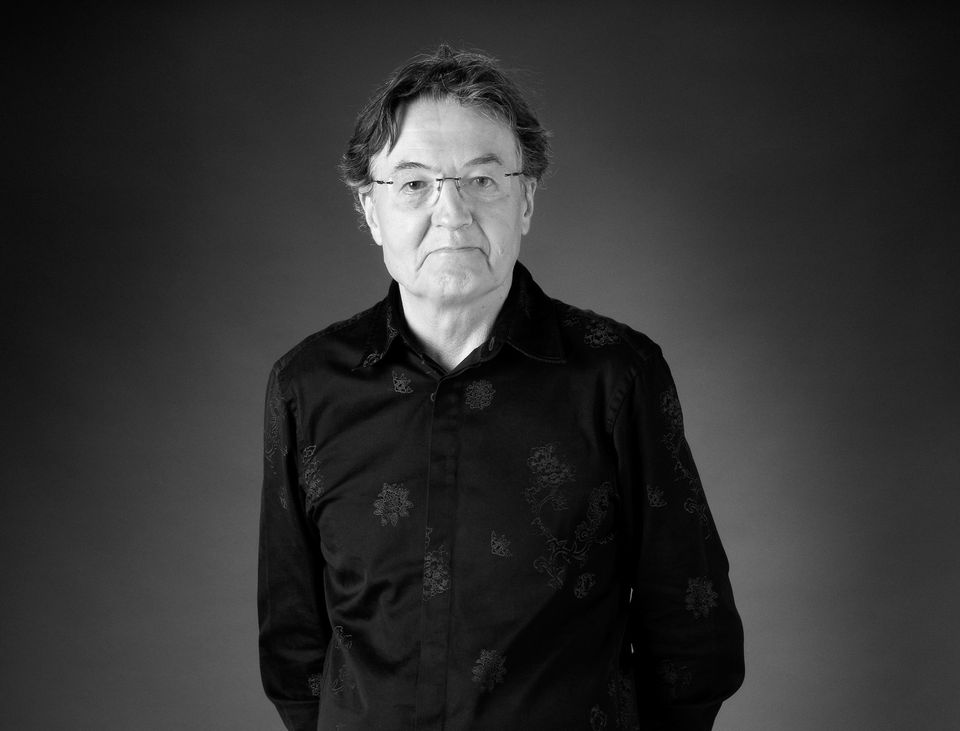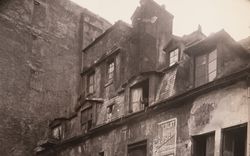Karl Friedrich Schinkel did not become an architect, painter, and designer of stage sets by following a predictable career path. The son of a Protestant pastor in Neu-Ruppin whose widow moved her family to the city of Berlin in 1794, Schinkel grew up in somewhat unstable circumstances, and as he matured, began to lead a life of restless activity. At barely 17 years of age, he coaxed a self-portrait from his pen, a crude but compelling image of a rebellious youth. He proudly sealed his likeness with the classical formula Schinkel se ipse fecit, suggesting perhaps the more literal meaning, “Schinkel the man who made himself.” In retrospect, it may be claimed that he was truly a self-made man among his eminent contemporaries.
There were two distinct “venues” in Schinkel’s professional life: on the one hand, the mundane plane on which architecture had to be conceived and built within the limitations of use and purpose, patronage and budget; on the other hand, the theater of imagination and poetic invention, in which Stimmung reigned supreme. It was in this latter sphere that every object was made to resonate with allusions. This was the stage on which Schinkel experimented with architecture, and where he learned, in Schlegel’s words, “to fantasize the music of life.”




